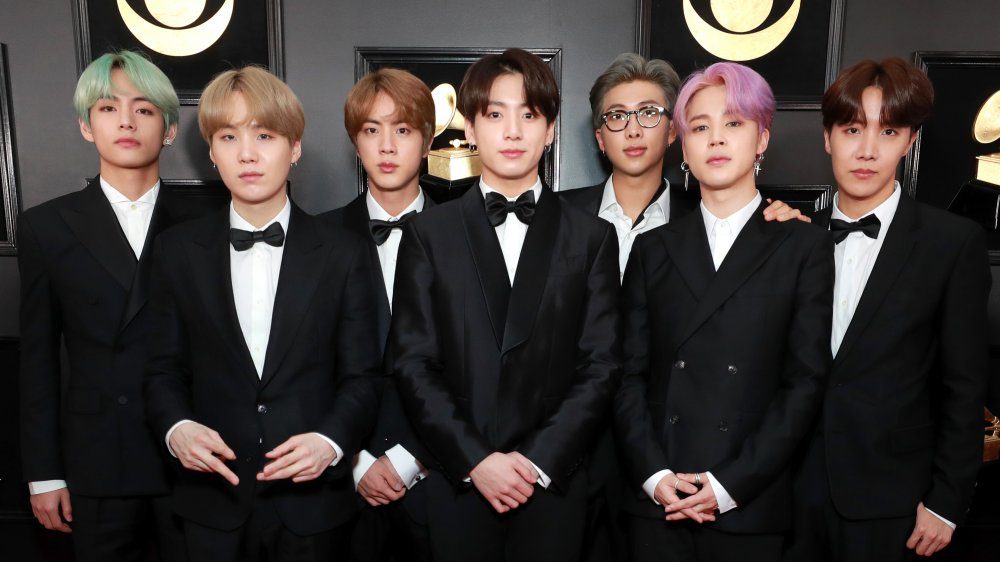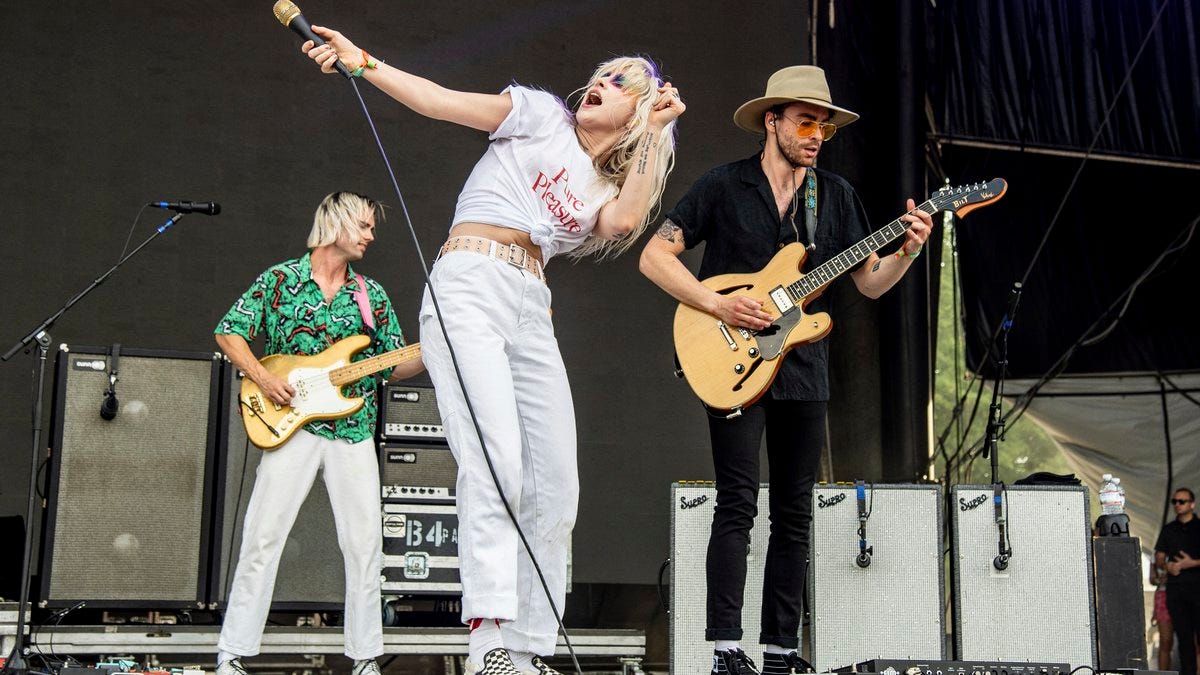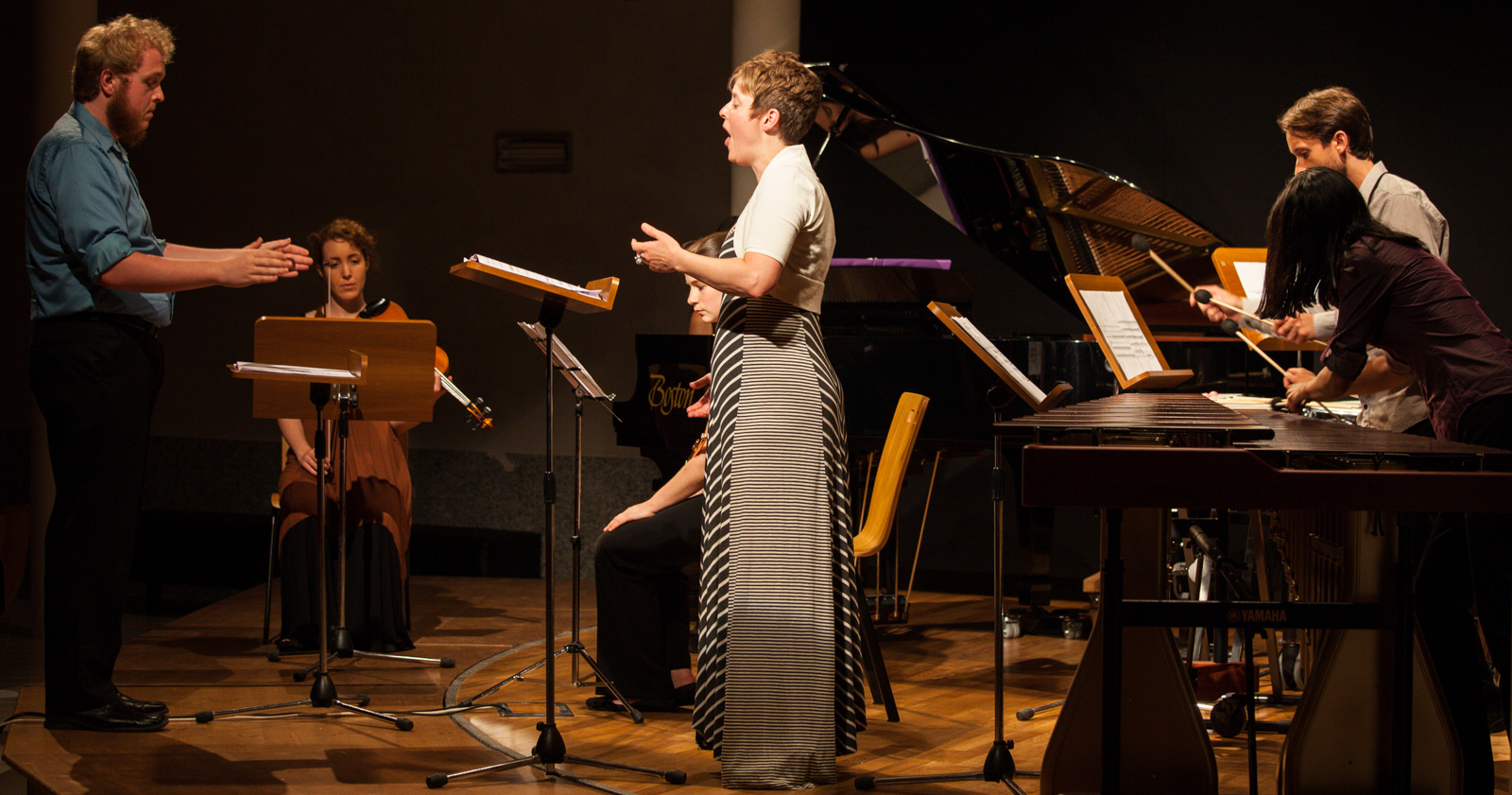Pop music, with its universal appeal and constant evolution, encompasses a vast array of subgenres, each contributing its unique flavor to the musical landscape. From the classic tunes that shaped the genre to the contemporary sounds that dominate the charts, pop music has undergone significant transformations. In this exploration, we delve into 15 types of pop music examining their origins, defining characteristics, and influential artists.
1. Classic Pop
The roots of pop music can be traced back to the classic era of the 1950s and 1960s. Iconic artists like Elvis Presley and The Beatles laid the groundwork for the genre, introducing timeless melodies and catchy arrangements that still resonate today.
2. Dance Pop
With infectious beats and a rhythm that compels even the most reserved to hit the dance floor, dance pop dominates contemporary charts. This subgenre is a testament to pop's adaptability and its ability to reflect the pulse of the times.
3. Synth-pop
The late 1970s witnessed the rise of synth-pop, a genre that embraced synthesizers and electronic elements. Acts like Depeche Mode and Pet Shop Boys pioneered this futuristic sound, shaping the electronic landscape for years to come.
4. Indie Pop
As an embodiment of independence and eclecticism, indie pop artists break away from mainstream norms. With an experimental spirit and a do-it-yourself ethos, indie pop constantly pushes the boundaries of what defines pop music.
5. Bubblegum Pop
Known for its sugary-sweet lyrics and infectious hooks, bubblegum pop targets a younger audience. Acts like The Archies and Spice Girls left an indelible mark on pop culture, capturing the hearts of the youth with their catchy tunes.
6. Electropop
Advancements in technology gave rise to electropop, a fusion of electronic and pop elements. Synthesizers and digital effects characterize this subgenre, contributing to the modern and danceable tunes that define today's pop music scene.
7. Folk Pop
Blending traditional folk elements with pop sensibilities, folk pop creates a harmonious fusion of acoustic and contemporary sounds. Artists like Mumford & Sons and The Lumineers have brought a unique authenticity to the pop scene.
8. Latin Pop

Drawing inspiration from Latin American rhythms, Latin pop has gained global popularity. Artists like Shakira and Enrique Iglesias infuse infectious beats and vibrant melodies, transcending cultural boundaries.
9. Country Pop
In the realm of country pop, storytelling meets pop melodies. This hybrid genre, exemplified by artists such as Taylor Swift and Shania Twain, successfully bridges the gap between the two musical worlds.
10. Reggae Pop
Infusing the laid-back vibes of reggae with pop hooks, reggae pop creates a feel-good fusion that resonates across cultures. Acts like UB40 and Magic! showcase the unique blend of reggae and pop influences.
11. R&B Pop
The marriage of soulful R&B vocals with the accessibility of pop led to the creation of R&B pop. From the iconic Michael Jackson to contemporary sensations like Beyoncé and Rihanna, this subgenre continues to produce chart-topping hits.
12. K-pop

Originating in South Korea, K-pop has become a global phenomenon. Known for its vibrant visuals, synchronized choreography, and diverse musical styles, groups like BTS and BLACKPINK have captured the hearts of fans worldwide.
13. J-pop
Reflecting Japan's pop culture, J-pop encompasses a broad range of styles, from idol pop to rock-infused sounds. Artists like Hikaru Utada and Arashi have played a pivotal role in shaping the diverse landscape of J-pop.
14. Psychedelic Pop
The 1960s witnessed the emergence of psychedelic pop, pushing the boundaries of traditional pop music. Acts like The Beach Boys and The Beatles experimented with trippy sounds and innovative arrangements, leaving an indelible mark on music history.
15. Alternative Pop
Embracing non-traditional structures and sounds, alternative pop defies conventions. Artists like Lorde and Lana Del Rey bring a fresh and innovative take to the genre, introducing elements that challenge and expand the mainstream pop landscape.
The Evolution of Pop: A Deeper Dive

Classic Pop: The Birth of a Legacy
Classic pop, stemming from the golden era of the 1950s and 1960s, laid the foundation for the genre. Artists like Elvis Presley, often hailed as the "King of Rock and Roll," infused pop music with a rebellious spirit. Meanwhile, The Beatles, with their infectious melodies and harmonious vocals, shaped the global perception of pop.
As we transitioned into the 1970s, the landscape of pop music began to diversify, welcoming new influences and experimental sounds.
Synth-pop: A Futuristic Soundscape
Synth-pop emerged as a groundbreaking genre in the late 1970s. Characterized by the prominent use of synthesizers, electronic beats, and futuristic sounds, synth-pop artists sought to redefine the sonic possibilities of pop music. Depeche Mode, with their dark and atmospheric soundscapes, and Pet Shop Boys, known for their catchy synth-driven tunes, became pioneers of this innovative genre.
The synth-pop movement not only influenced the pop scene but also laid the groundwork for electronic music genres that would follow.
Indie Pop: Breaking Free from the Mainstream
As the 1980s progressed, indie pop emerged as a rebellious response to the mainstream. Independent labels and DIY ethics defined this subgenre, allowing artists to experiment freely with their sound. Bands like The Smiths and Belle and Sebastian crafted introspective, alternative pop, embracing a more personal and intimate approach.
Indie pop continued to evolve, with the 1990s bringing forth a new wave of independent artists exploring diverse musical landscapes.
Electropop: Riding the Digital Wave
Advancements in technology during the late 1990s and early 2000s paved the way for electropop. Artists started incorporating electronic elements, synthesizers, and digital effects to create a modern and danceable sound. Madonna's "Ray of Light" and Kylie Minogue's "Can't Get You Out of My Head" exemplify the fusion of pop sensibilities with electronic influences.
Electropop became synonymous with the 21st-century pop renaissance, influencing mainstream hits and shaping the sound of contemporary pop.
Latin Pop: A Global Phenomenon
The 21st century witnessed the meteoric rise of Latin pop, with artists from Latin America taking center stage on the global scene. Shakira's "Hips Don't Lie" and Enrique Iglesias's "Bailando" showcased the genre's ability to transcend language barriers. Latin pop became a melting pot of diverse influences, incorporating reggaeton, salsa, and bachata into its vibrant tapestry.
Latin pop's infectious rhythms and passionate melodies resonated with audiences worldwide, marking a new era for multicultural influences in pop music.
K-pop: A Cultural Tsunami
Originating in South Korea, K-pop emerged as a cultural phenomenon that transcended borders. With its meticulously choreographed performances, visually stunning music videos, and diverse musical styles, K-pop groups like BTS and BLACKPINK achieved global stardom. The genre's influence reached far beyond music, impacting fashion, beauty, and entertainment industries worldwide.
K-pop's success highlighted the power of fan engagement and the global impact of music as a cultural unifier.
Alternative Pop: Redefining the Mainstream
In the landscape of pop music, alternative pop emerged as a genre unafraid to challenge conventions. Artists like Lorde and Lana Del Rey infused pop with unconventional structures, introspective lyrics, and a darker aesthetic. Their contributions marked a shift in the mainstream, showcasing the audience's appetite for diverse and boundary-pushing sounds.
Alternative pop continues to evolve, providing a platform for artists to experiment with new sonic landscapes and redefine the very essence of pop music.
The Contemporary Soundscape

As we navigate the contemporary pop music landscape, it becomes evident that the genre's evolution is a continuous journey of reinvention and exploration. Pop music, with its diverse subgenres, not only reflects the cultural zeitgeist but also shapes it.
From the timeless appeal of classic pop to the boundary-pushing sounds of alternative pop, each subgenre contributes to the overarching narrative of pop music. The global reach of Latin pop, the infectious energy of K-pop, and the experimental spirit of indie pop all coalesce to form a dynamic and ever-changing musical panorama.
Conclusion
In conclusion, the world 15 types of pop music is a dynamic and ever-evolving tapestry of sounds, styles, and influences. From the classic tunes that laid the groundwork to the contemporary hits that dominate today's charts, pop music continues to captivate audiences across the globe. As we celebrate the diversity within the genre, it becomes evident that pop music's ability to reinvent itself is a testament to its enduring popularity.
FAQs
Q. What defines a classic pop song?
Ans: Classic pop songs are characterized by timeless melodies, iconic arrangements, and often originated in the 1950s and 1960s.
Q. How does indie pop differ from mainstream pop?
Ans: Indie pop embraces unconventional sounds and maintains a do-it-yourself ethos, often veering away from mainstream norms.
Q. Is Latin pop limited to Latin American audiences?
Ans: No, Latin pop has gained global popularity, transcending cultural boundaries with its infectious beats and vibrant melodies.
Q. What sets K-pop apart from other pop genres?
Ans: K-pop is known for its vibrant visuals, synchronized choreography, and diverse musical styles, making it a unique and global phenomenon.
Q. How has alternative pop challenged mainstream conventions?
Ans: Alternative pop introduces non-traditional structures and sounds, offering a fresh and innovative take on the genre, challenging and expanding the mainstream pop landscape.






